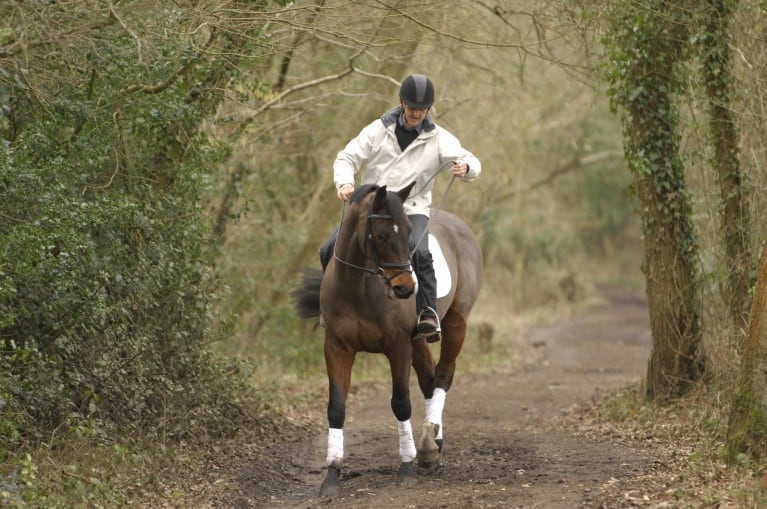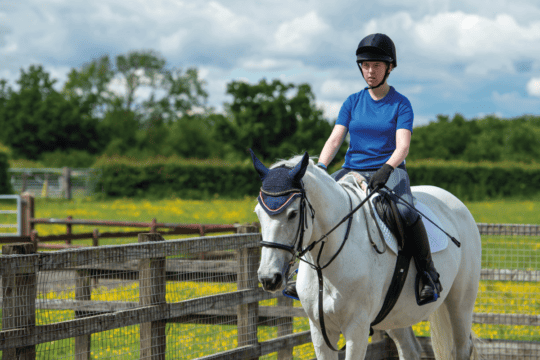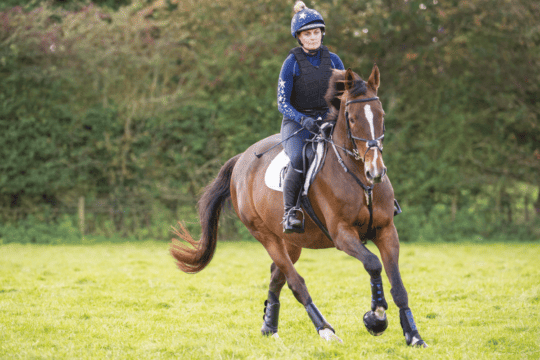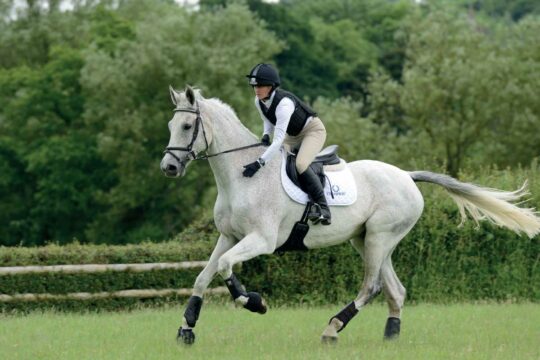Featured Professional

Michael Peace
The 'Problem Horse Trainer', Michael Peace specialises in a natural approach to training difficult horses.
Having trouble getting your horse moving? Michael Peace helps you say no to napping for good in our two-part series

Napping is annoying, frustrating and can be dangerous. Your horse won’t go past something that looks completely innocuous like a wheelie bin, or he might refuse to leave home, and veer back constantly.
It’s dangerous if you’re out on a busy road or on difficult terrain, and that’s not the worst of it. Some horses don’t just plant themselves, they go into rapid reverse, throw themselves about and threaten to rear – and even go up if they get really stressed.
First find the reason
Horses nap for many different reasons.
Fear
Most commonly it’s the fear of something unknown or associated with a bad experience.
Riding
The horse might not like the way he is being ridden, and nap to object to it.
Laziness
He doesn’t want to do what you’re asking; he’s just being lazy.
Before we begin to deal with a napping problem, we need to know exactly what is going on in the horse’s mind. If he is afraid or upset, then we must help him out. If it’s bad riding, we must put it right. If he’s lazy and not doing his job then we must motivate him to get on with it – it is his job, after all!
Real life napper
The horse in our photos is Romeo, whose owner, Chris told us “He’s a lovely horse, and we do well in dressage, but I have lost confidence hacking him out because he won’t go!”
We called Michael in to help, and he had some great ideas that got Romeo moving, and which Chris has been able to use, too.
Fear factors
Most of the time napping is caused by fear. Many riders wrongly presume, or are told by their instructors, that their horse is being bad or lazy when he naps and so they get tougher, when in actual fact he is simply afraid.
Getting tougher makes things worse for the horse. From his point of view, he is already afraid, and the last thing he needs is his rider kicking and bashing him along; it just adds to his confusion.
What he really needs is some sympathy and support to help him through his problem. Being too tough will make him lose faith in you and he’ll find it more difficult to cope in the future.
Feel what he feels
To sympathise with your horse, you need to genuinely feel what he is feeling. Yet these days we humans rarely experience genuine fear, and so we find it difficult to understand exactly what it is like for a horse when he sees something that, in his mind, is potentially life-threatening.
Take wheelie bins…
As humans we understand that these things are not dangerous, but some horses see them (or the avoidance of them) as a matter of life or death!
When a horse feels fear it’s very important that we are sympathetic and instead of getting angry, change our approach to help him through.
Napping may seem irrational to us, but we have to understand where the horse is in his thinking, so that we can coax him out of that negative perspective into a more positive
frame of mind.
If we lack empathy, we will make the horse less responsive and less inclined to take our lead, and he’ll do his own thing. With more empathy and understanding from us along with some positive direction, we can get him to try a little harder in spite of his fears, and eventually bring him to the point where he can get the job done.
By helping him through this problem and subsequent ones in a positive way, we will also build trust into the relationship. He’ll see that we’ve been instrumental in helping him overcome his problems and that there is value in listening.
All we have to do is get a horse to stop, look and listen to our direction, and once we’ve got him trying, reward him – and he’ll do the rest.















